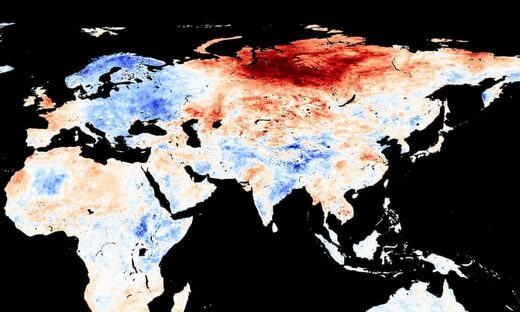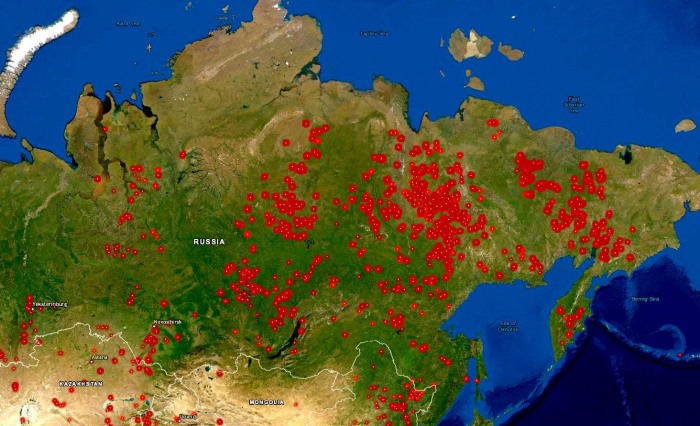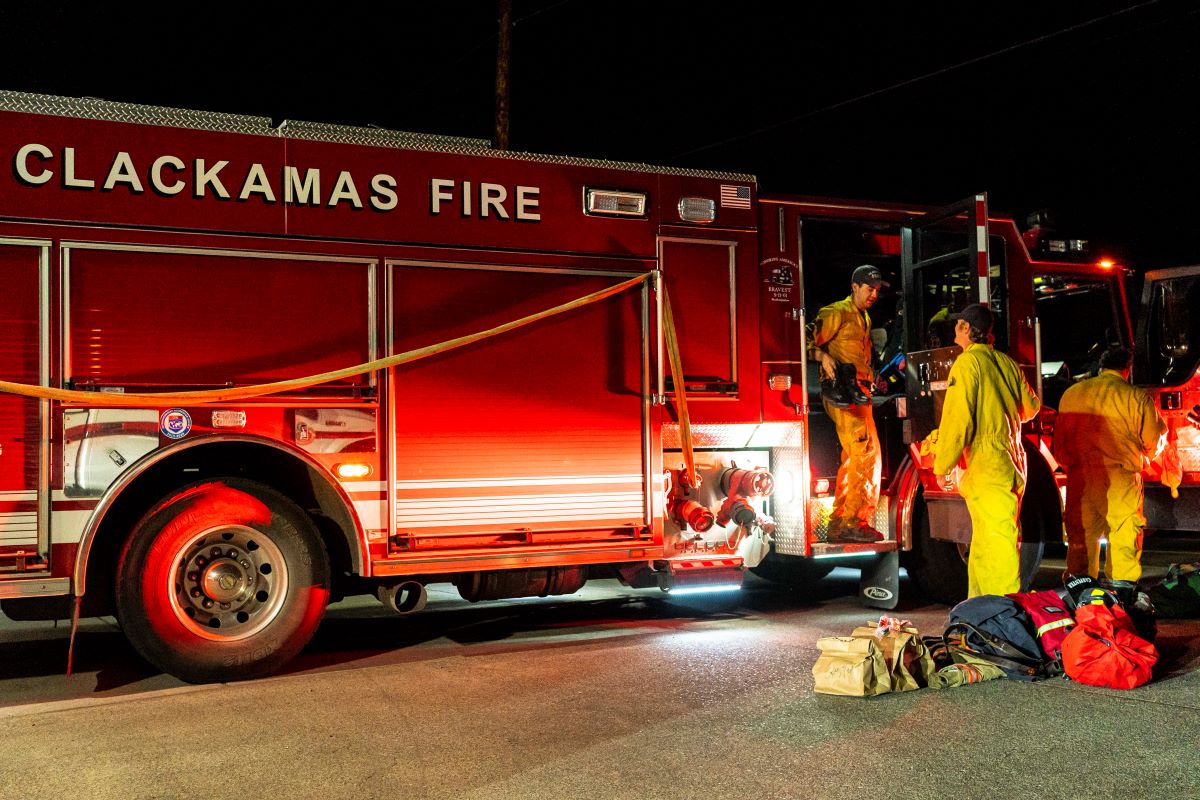As the Earth warms, more permafrost will melt. Under normal circumstances, superficial permafrost layers about 50cm deep melt every summer. But now global warming is gradually exposing older permafrost layers.
Frozen permafrost soil is the perfect place for bacteria to remain alive for very long periods of time, perhaps as long as a million years. That means melting ice could potentially open a Pandora's box of diseases.
The temperature in the Arctic Circle is rising quickly, about three times faster than in the rest of the world. As the ice and permafrost melt, other infectious agents may be released.
"Permafrost is a very good preserver of microbes and viruses, because it is cold, there is no oxygen, and it is dark," says evolutionary biologist
Jean-Michel Claverie at Aix-Marseille University in France. "Pathogenic viruses that can infect humans or animals might be preserved in old permafrost layers, including some that have caused global epidemics in the past."
In the early 20th Century alone, more than a million reindeer died from anthrax. It is not easy to dig deep graves, so most of these carcasses are buried close to the surface, scattered among 7,000 burial grounds in northern Russia.
However, the big fear is what else is lurking beneath the frozen soil.










